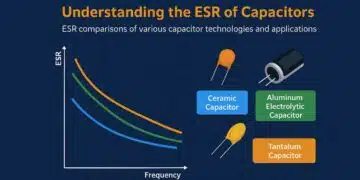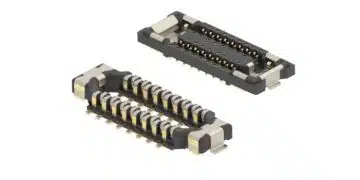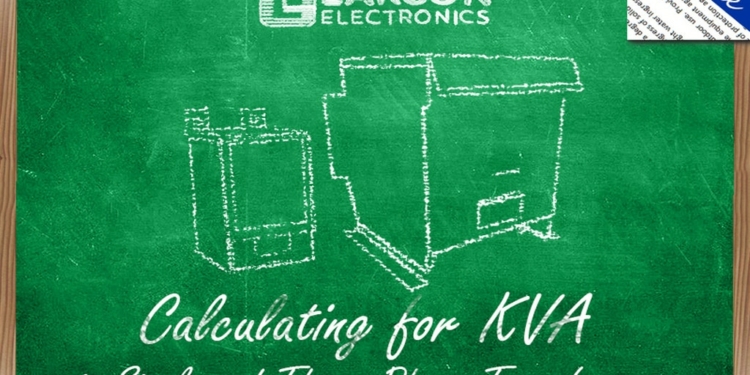Source: Sensors online article
by Andrew Holland |Apr 3, 2018 1:37pm. Need to size a single or three-phase transformer? Transformer sizes are dictated by their respective KVA rating. Using common variables, one can compute for the required KVA rating or transformer size for a particular project, system or operation. This article provides basic formulas for finding the correct size of single and three-phase transformers using load voltage and load current.
Single Phase KVA Calculation
The formula for finding the required KVA or transformer size for single-phase power is the following:
Volts x Amps / 1,000 = KVA
Based on the equation, one would need to plug in the proper load/output (secondary) voltage and current (amps) to compute for KVA. Note that load voltage is not the same as line voltage, which is also known as primary voltage or input.
Example: Find the KVA or transformer size for load voltage of 120V 1PH and a load current of 50A.
120 x 50 / 1,000 = KVA
6,000 / 1,000 = KVA
= 6 KVA
Three-phase KVA Calculation
Businesses that require three-phase power need to add an extra component in the formula to arrive at the correct transformer size, i.e., square root of 3 (√3) or 1.732. This figure is a constant found in three phase, as the phases do not generate the same amount of power (simultaneously). Furthermore, three-phase transformers handle three lines of AC power, with each of the three lines 120 degrees out of phase from the other two lines.
With this in mind, the new formula can be found below:
Volts x Amps x √3 / 1,000 = KVA
Example: Find the KVA or transformer size for load voltage of 240 3PH and a load current of 60 amps.
240 x 60 x 1.732 / 1,000 = KVA
= 24.94 KVA (or 25 KVA after rounding up)
Future Expansion and Standard Transformer Sizes
Computing for the required KVA is not the final step in determining the proper transformer size. Most computations (especially for three-phase loads) do not provide a whole number. As a result, the value must be rounded up, as seen in the sample above. It is best practice to always round up and not down.
Next, in order to factor in future expansion and prevent risks associated with accidental overloading, one should add 20 percent of spare capacity. Taking the three-phase sample again, we simply add 20 percent to the rounded figure:
25 KVA + 5 = 30 KVA
Lastly, one may find that the specific transformer size needed is not being offered or is unavailable by the store or preferred manufacturer. In most cases, this is because there are standard KVA sizes for transformers. If you cannot find the size you need, simply round up again to the next standard KVA size.
For referencing, the standard KVA sizes for singe-phase transformers are 1, 1.5, 2, 3, 5, 7.5, 10, 15, 25, 37.5, 50, 75, 100, 167, 200, 250 and 333 KVA
Taking our answer from the single-phase example above – 6 KVA or 7.2 KVA (with 20% spare capacity); we can see that there is no standard single-phase equivalent available. As a solution, simply round up to the next standard single-phase KVA size: 7.5 KVA.
Standard sizes for three-phase transformers are 3, 6, 9, 15, 30, 45, 75, 112.5, 150, 225, 300, 500, 750 and 1,000 KVA
Taking our final three-phase figure of 30 KVA, we can see that it matches with a standard three-phase transformer size above, i.e., 30 KVA. No further rounding or conversion is needed, since 30 KVA is a standard three-phase transformer size.






























